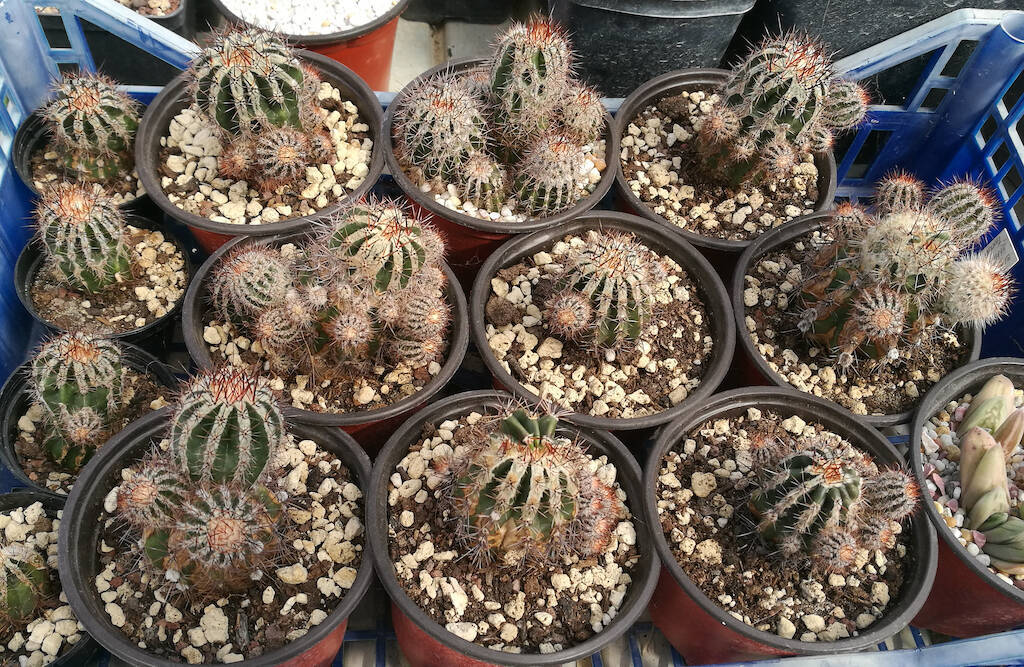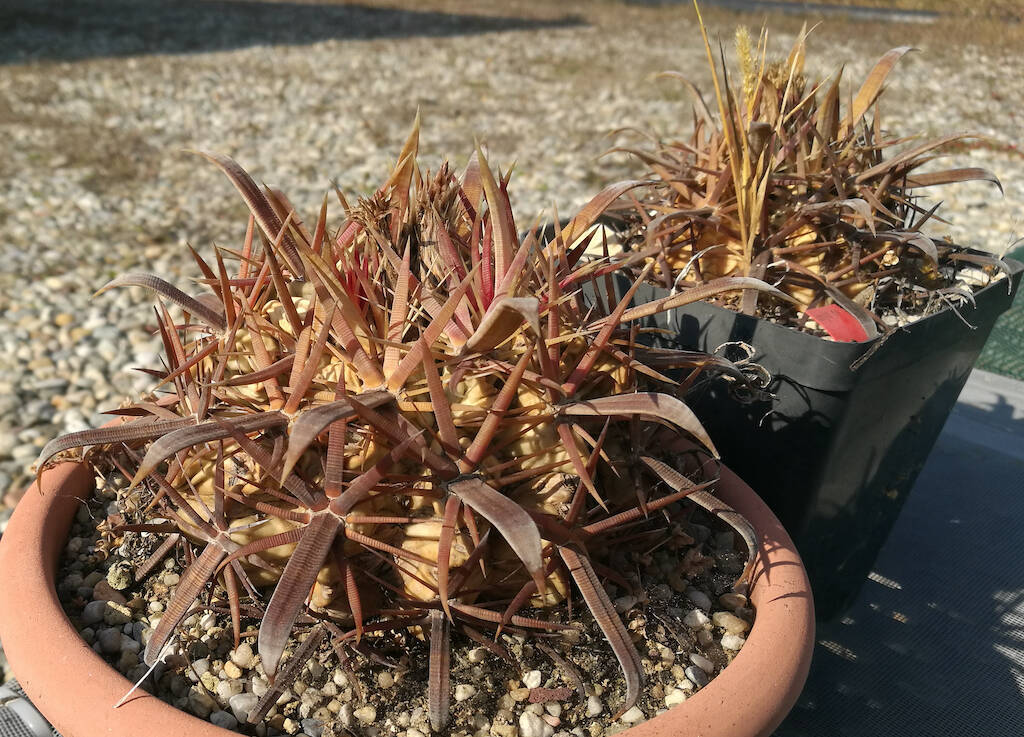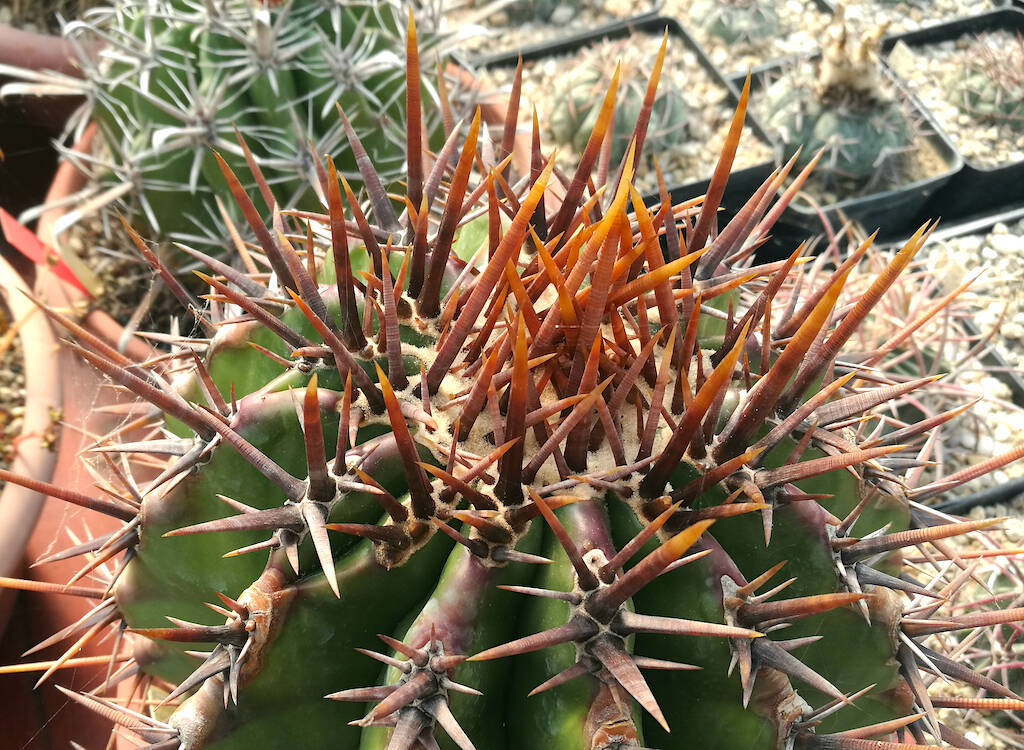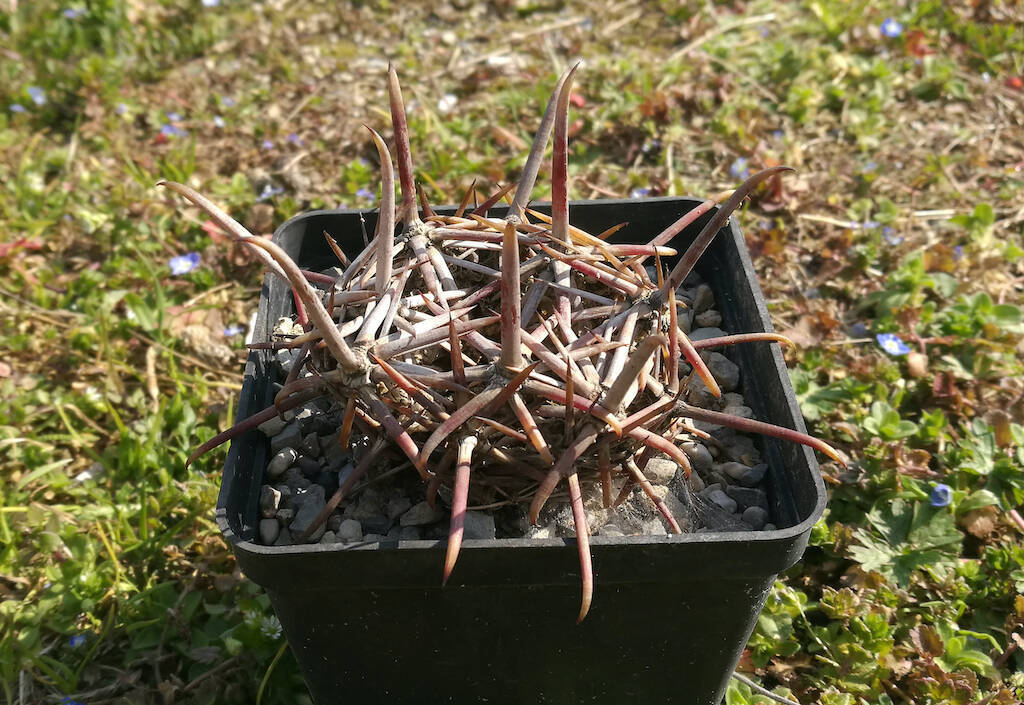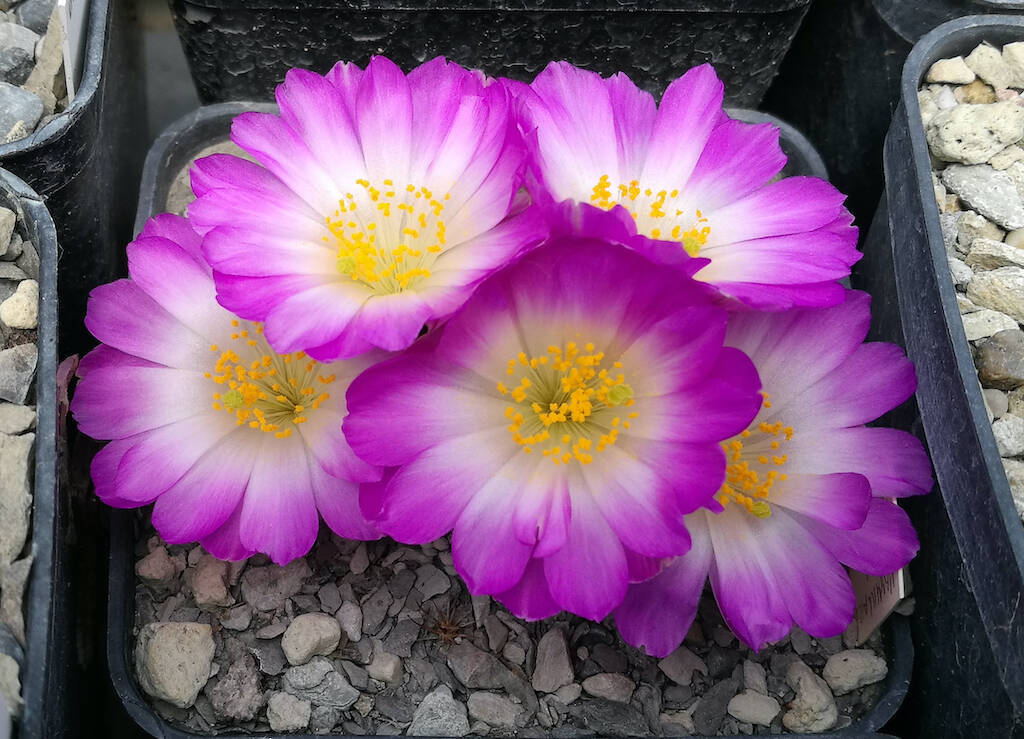It’s a bit like that shy and reserved distant relative: everyone in the family knows he exists, but little or nothing is known about him, or his history. Those who grow cacti and succulent plants, those who are used to attending market-exhibitions of succulent plants, those who hang out in well-stocked nurseries, have certainly observed more than one specimen. Many enthusiasts have one or more specimens in their cacti collection. Yet, very little is known about this Echinopsis Haku-jo. In the many texts dedicated to cacti (not only in Italian) the plant often appears in photographs but the information is always scarce; online there are only brief synthetic cards, almost always accompanying the specimens for sale. For the rest, nothing. The history of this cultivar (a plant that does not exist in nature but obtained through hybridization and crossbreeding by man) remains shrouded in mystery.
In this article I try to summarize what I have learned in years of cultivation and what I have managed to learn about this intriguing Echinopsis cultivar, whose flowering is among the most bizarre in the whole family of cacti (…).
Per proseguire nella lettura dell'articolo Accedi o Abbonati
To continue reading the article LogIn or Subscribe


